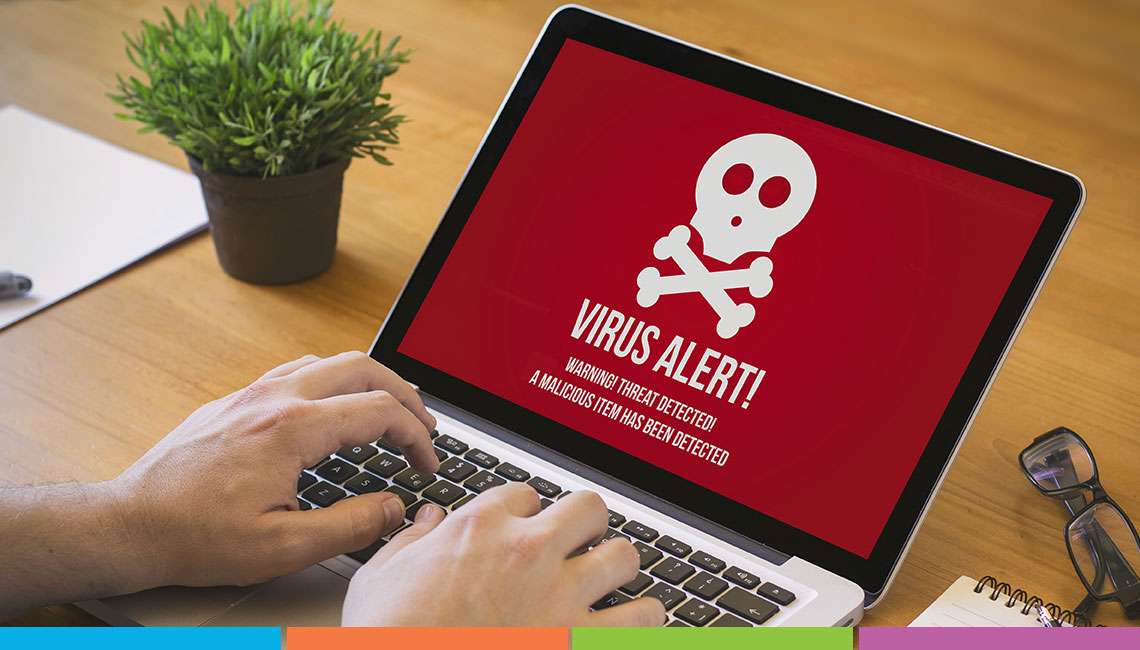Network Security
Network Security
Using ping
commands can be a helpful way to test network connectivity and measure the
round-trip time between a source and a destination. However, in the wrong
hands, ping commands can also be utilized as part of a network reconnaissance
process to gather information about potential targets. Two attacks that can be
executed in the wrong hands are:
·
Ping Sweeping/ICMP Scanning: Attackers can use
ping commands to perform a ping sweep, sending ICMP echo requests (pings) to
various IP addresses. By analyzing the responses, they can determine which IP
addresses are active and potentially vulnerable to further exploitation.
·
Ping Flood/ICMP Flooding: In a ping flood
attack, the attacker sends massive ICMP echo requests to a target system,
overwhelming its resources and causing denial-of-service (DoS) conditions. The
system cannot respond to legitimate requests due to the flood of incoming
pings.
Security
Holes/Vulnerabilities: Explanation of vulnerability: A security vulnerability
or hole is a weakness in a computer system, software, or network that attackers
can exploit to gain unauthorized access, steal data, or cause damage.
Vulnerabilities often result from coding errors, misconfigurations, or design
flaws in software and hardware components.
Symptoms and damage: Exploiting a
security hole can lead to various consequences, depending on the severity of
the vulnerability and the attacker's intent. These may include unauthorized
access, data breaches, loss of sensitive information, disruption of services,
or complete system compromise.
Recommendations for protection:
·
Regular Patching and Updates: Keep all software,
operating systems, and applications up to date with the latest security patches
to address known vulnerabilities.
·
Security Audits and Penetration Testing: Conduct
regular security audits and penetration tests to proactively identify and
address potential vulnerabilities.
Computer Viruses:
Explanation of Viruses: A computer virus is a type of malicious software that
attaches itself to legitimate programs or files and spreads by replicating and
infecting other files and systems. Viruses are designed to execute malicious
actions, such as stealing data, corrupting files, or disrupting computer
operations.
Symptoms and damage, A computer
infected with a virus may exhibit various symptoms, such as slow performance,
frequent crashes, unusual pop-ups, or unauthorized access to personal data. The
damage caused can range from data loss to system instability and complete data
breaches.
Recommendations for protection:
·
Install Antivirus Software: Deploy reputable antivirus
software that can detect and remove viruses from the system.
·
Exercise Caution with Email and Downloads:
Educate users about safe browsing habits and avoid opening email attachments or
downloading files from untrusted sources.

Comments
Post a Comment